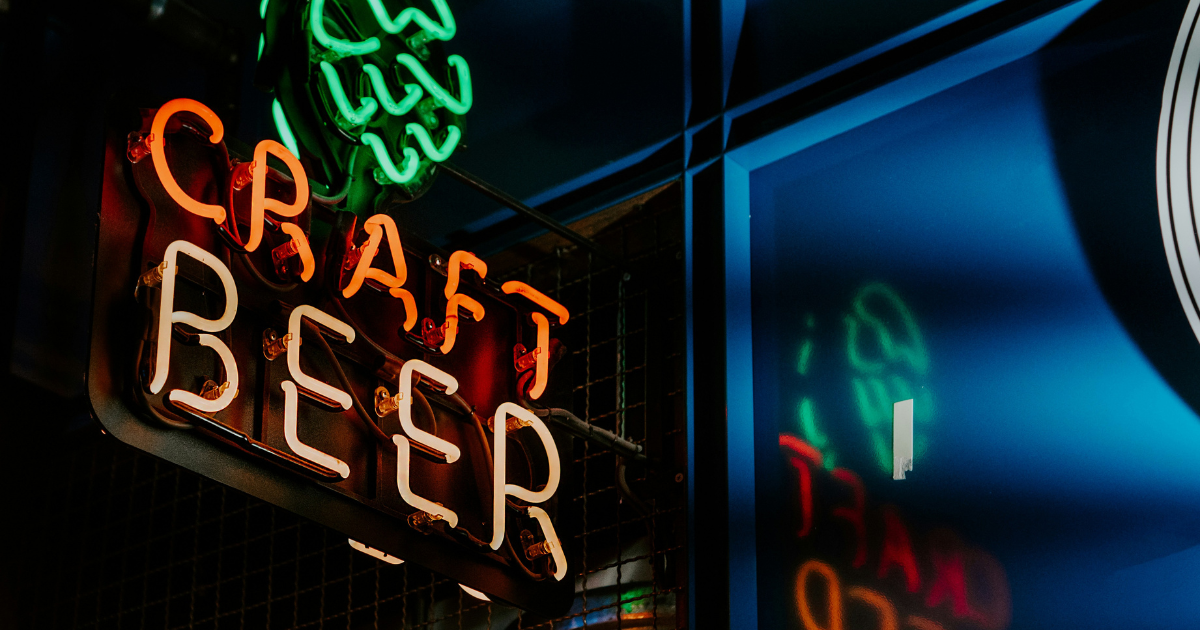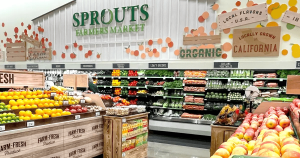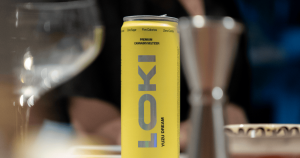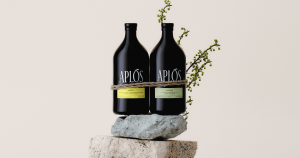By Mike Gurr, Vice President of Operations at Gruvi
For 15 years, I was deeply immersed in the world of craft beer. Like many, my journey began with a passion for home brewing and hunting down the rarest brews in local bars and bottle shops. This passion soon became a profession when I volunteered at a fledgling contract brewery, which had precisely one employee: the founder. I became employee number two and gradually worked my way through nearly every role, eventually resigning from my position as President one decade later. My trajectory in the beer industry—marked first by unbridled enthusiasm, a period of stagnation, and then great uncertainty—in many ways mirrors the industry’s own evolution.
From boom
The explosion of craft beer from 2005-2015 was incredible. The cultural embrace of “buy local” made small-batch, quirky beers instantly cool. Cash poured into the industry, propelling breweries to double and triple-digit year-over-year growth.
Amidst this excitement was the realization that many of us drank too much, and I was one of the worst. In 2016, just months away from opening a new bar and production facility, I confided in my closest colleagues that I’d decided to stop drinking. They were puzzled: “you’re not out of control!” They were right; I wasn’t out of control, but I knew I was a problem drinker. I didn’t view it through the lens of mental health or personal wellness. I simply realized that being drunk all the time couldn’t possibly be healthy.
To gloom
During this period, our business hobbled along. We weren’t a runaway success, nor were we a failure. By this time, the craft beer category had matured and competition was fierce. There was a sense that things were slowing, and I wasn’t the only one wondering if the glory days were behind us. According to the Brewers Association, beer production peaked in 2019 and, except for a post-COVID blip in 2021, has declined in successive years since. While the total number of breweries is at an all-time high, the year-over-year increase from 2022 to 2023 was a mere 0.8%. A 3.7% increase in taproom openings was the only net positive contribution to that statistic. In 2023, the rate of microbrewery closures exceeded new openings for the first time in over two decades.
To be clear, these aren’t catastrophic figures. Breweries continue to play an important role in our neighborhoods as employers and community hubs. Yet, the success that propelled the industry in the past 15 years also highlighted its potential downside.
Looking ahead
My own personal realization about the negative impacts of drinking coincides with a broader societal concern about excessive alcohol consumption. In 2023, the Canadian Centre on Substance Use and Addiction released a report underscoring these risks. Their report noted that “overwhelming evidence confirms that when it comes to drinking alcohol, less consumption means less risk” and that “negative outcomes begin to increase with any alcohol use and consuming more than two standard drinks per occasion.”
Enter non-alcoholic beer, wine, and spirits. Today’s consumers, especially Millennials and Gen Z, are seeking healthier alternatives that don’t compromise on taste or social experience. Innovations in manufacturing have made it possible to enjoy complex, “adult” flavors without the alcohol, creating a burgeoning market for mindful drinking options. This evolution presents a dual opportunity. As consumers, we benefit from inclusive, healthier options that cater to a wide range of preferences. As industry professionals, there’s a promising commercial potential in meeting this growing demand for quality non-alcoholic beverages. The craft beer revolution, with its spirit of innovation and community, now has the chance to lead a new wave of change, creating a more inclusive and health-conscious drinking culture.
About the author
Mike Gurr is an operations leader with 15 years of experience in the beverage industry, most recently as the Vice President of Operations for Gruvi, makers of non-alcoholic beer and wine. He has driven innovation and strategic growth by focusing on enhancing product quality and leveraging new technologies to stay competitive. Mike cares deeply about creating kickass products, leading authentically, and creating enduring partnerships.






